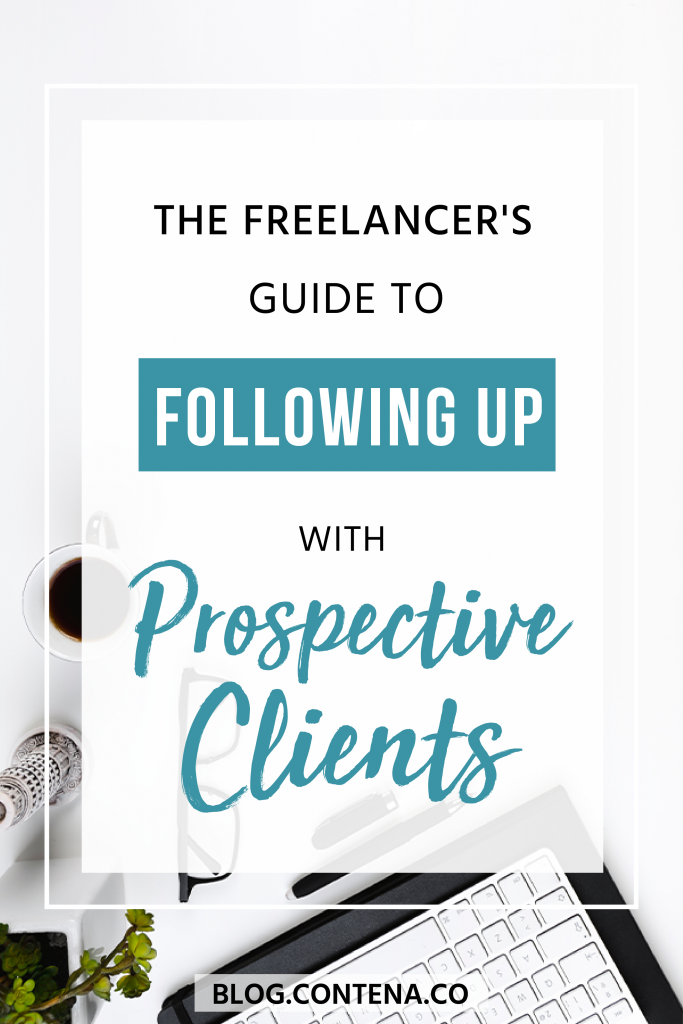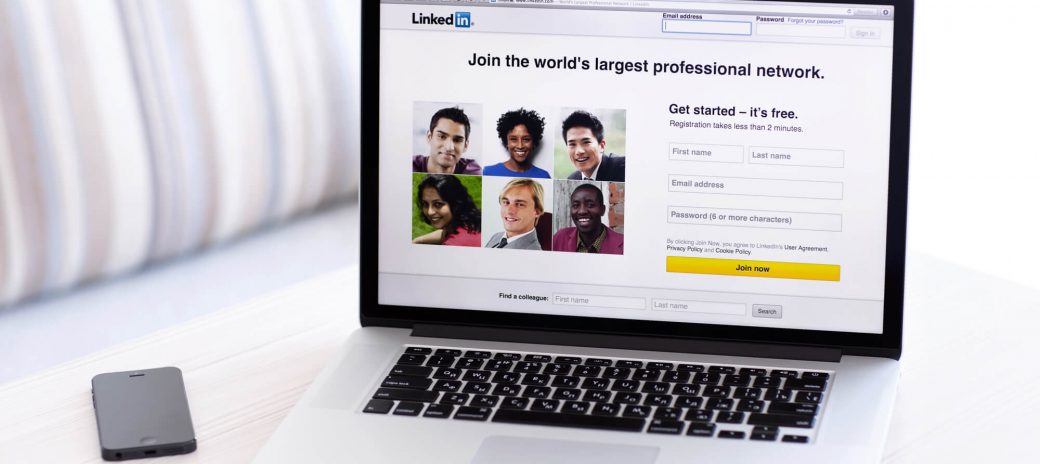If you’re a freelance writer, you’ll already know that crafting engaging content isn’t the hardest part of your job. It’s actually finding the work.
How many times have you heard a potential client say; ‘we’re reviewing all of the applications and will get back to you soon.’
You then wait around for the best part of a month and hear nothing back.
Super frustrating right?
Well, in this article I’m going to explain how to increase your chances of scoring the gig by following up on your initial pitch- without coming across as demanding and annoying.
Let’s dive in!
Why You Need to Start Following Up
You need to get a follow-up system in place because you’ve done the hardest part already. You’ve meticulously researched your prospect and crafted the perfect pitch, don’t let your hard work go to waste.
Instead, focus on saving yourself a little time and effort and reap the rewards of the groundwork you’ve already laid. Make no mistake about it, the competition amongst writers is fierce, so you need to stand out, and that includes composing an excellent follow-up email.
Why Haven’t They Emailed Back?
I think we’re all guilty of forgetting to email people back. We’re only human, and life gets in the way sometimes. Never take it personally when a potential client doesn’t respond. They’re busy people with a ton of things to do; there’s a good chance your email got lost in the noise.
How Long Should I Wait to Follow Up?
If you’re following up on a gig from a job board, always refer back to the original ad. A lot of companies specify when they’ll get back to you. You should ALWAYS abide by their specified timescale if they provide one.
You’ve already demonstrated that you’ve thoroughly read and understood the ad’s instructions in your pitch, so the timing of your follow up shouldn’t be any different.
As hard as it is, all you can do is wait. Don’t annoy your prospect with over-eagerness; it’ll only hinder your success.
What if There Isn’t a Specified Timeframe?
If you’re planning on chasing up either a warm contact or a job posting, leave it between ten and 14 working days.
If you still haven’t heard anything two business weeks later, send a third follow up. Once you’ve done that, quit emailing them and move on.
Whereas, if you’ve sent a cold pitch, it’s a little different because the client may not have an immediate need for your services. They’ve not asked you to contact them, so we suggest leaving it longer before following up. About 20 business days is usually a respectful timeframe.
Is There Anything Else I Can Do While I Wait?
In short, yes.
Connect with them on Twitter and LinkedIn a few days after you’ve sent your initial pitch. You can also like their business page on Facebook.
Connecting on social media is an excellent way of reminding your prospect about your pitch, and it shows a professional enthusiasm that potential clients will appreciate and respect.
So, How Do I Follow Up?
Don’t be tempted to send a generic sounding follow up email. Yes, this might be easier in the short term, but it won’t get you the results you want. You need to see this as another opportunity to demonstrate why you’d be the perfect fit.
Here are a few surefire tips to get the ball rolling:
- Just like your pitch, always address them by their first name. It shows you’ve taken time and effort to personalize your email; this goes a long way.
- Always specify the date you sent your initial pitch. This will help them locate your original email.
- Highlight the exact opportunity you’re referring to. It’s not uncommon for companies to advertise more than one job, and this could get confusing.
Check out this template to get a better idea of what I’m talking about:
‘Hi [insert their name]!
I emailed you on [insert date] regarding the [insert specific opportunity and where you came across it], and I wanted to reach out and see whether the opportunity is still available.
As you can see from the samples below, I’m incredibly passionate about this niche, and my writing style compliments your brand:
[List three of your most relevant and well-written samples]
If the job’s no longer available, I’d appreciate you throwing my hat into the ring for any similar opportunities in the future.
Thank you for your time, I look forward to hearing from you soon,
Best Wishes,
[insert your name]’
You get the idea! There aren’t any rules on how to structure this email. Just keep it concise, respect their time, and strike a balance between friendly and professional.
If you manage to do all that, you shouldn’t go too far wrong!
What About the Second and Third Follow Up?
If you’re unsure how to phrase your second and third emails, here are a few ideas:
For the second email:
‘Hi [Insert Their Name]!
I just wanted to pop this at the top of your inbox, just in case you missed it.
Have a great day!
[Insert Your Name]’
Then underneath should be the forward of your initial pitch.
For your third email:
‘Hi [Insert Their Name]!,
I was wondering whether the [insert opportunity] you posted about [insert where you saw opportunity] is still a priority for you? If you’ve decided on a different direction that’s no problem, I hope I can be of assistance in the future.
I hope to hear from you soon,
[Insert Your Name]’

What If the Client Says Maybe to Your Pitch?
The worst response from a prospect is ‘maybe.’ There’s nothing more annoying. You need a solid yes or no so you can move on and focus your attention on other potential clients.
If you’re experiencing this dilemma, try the following:
Be frank. Directly ask the client how you can turn that maybe into a yes, and whether you can follow up at a time that suits them. Then explain how you’d fulfill their requirements within the specified period.
Stay in touch with the client. Try and reach out to them once a month to remind them that you’re still around, but don’t sell them anything. Focus on building a relationship with them. Send them a link to a news article or a blog post they may find interesting. Or, congratulate them if they’ve won an award. Do whatever you think is most appropriate!
This is What the Pros Have to Say
This is what a couple of freelance writing pros have to say on the subject:
‘Make sure to keep a list of which brands you pitched to and…in about ten days, circle back and remind editors of your submission request. I find that editors get many submission requests a day, so it may take a few days to get to yours….if you don’t hear back, move on!’– Elna Cain
Alternatively, Carol Tice gives slightly different advice:
‘I don’t like the dynamic of hitting a client back to say, “Oh, gee, did you see my email? Did you want to hire me?” Feels desperate and needy and sad.’
‘If you’re worried your email may have gone in spam, and you really, really want to follow up…send them ONE followup email with NO links in it. Not even a link to your LinkedIn or writer website.
Just a quick note, “Sent you a reach-out recently about whether you need any blogging help, and wanted to make sure you received it. So I’m sending this link-free, just in case my portfolio link made my email hit your spam. Please let me know you got it — thanks!’
Like we’ve already said, there is no ‘correct’ way to follow up. You need to find a method that you’re comfortable with and that works for your niche. Why don’t you try a combination of these suggestions and see how they turn out?
Final Thoughts
The sad truth is you’re not going to score every gig you pitch for. However, by following up, you’ll rapidly increase your chances. Stay optimistic, and keep sending new pitches every day, don’t get hung up on the ‘no’s.’ You’ll get there eventually, keep plugging at it!










